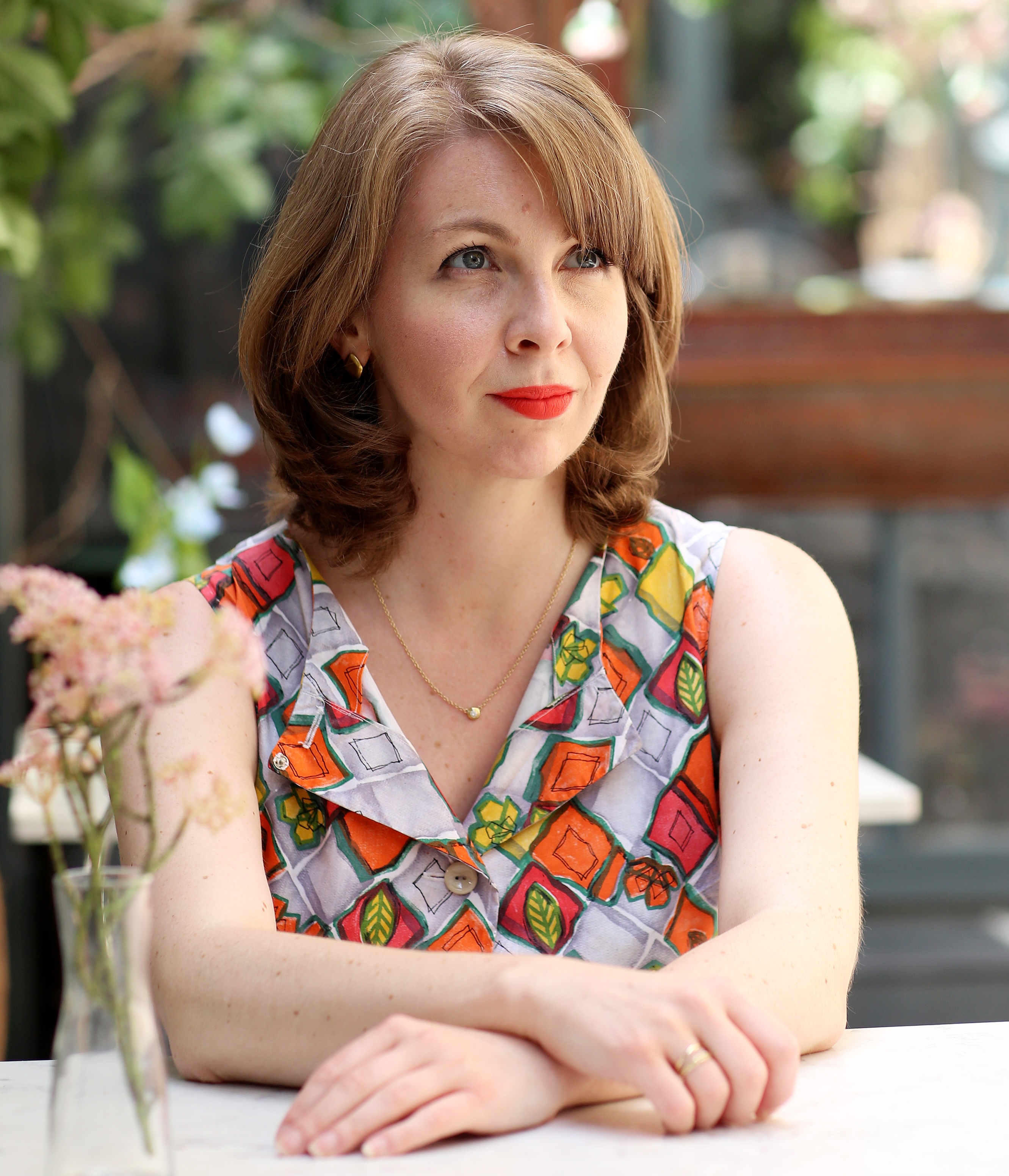The secret history of ice cream from Marco Polo to the Queen of Ices, a 'proto-Nigella in a pinny'
Ice cream is the subject of a new exhibition at the British Museum of Food. Emma Hughes went along to have a look – and, of course, a taste. It would have been rude not to.
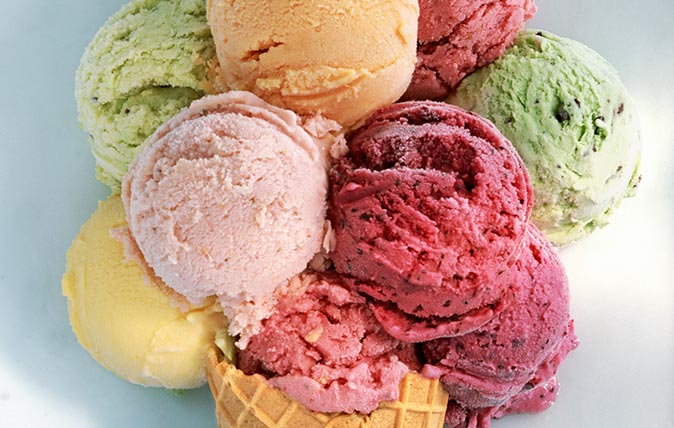

'Just the thing for a heatwave,’ my guide beams, ushering me into a walk-in freezer of the kind favoured by butchers and serial killers. The door swings shut behind me and I’m alone – not, thankfully, with a villain from Midsomer Murders, but with a wall of text introducing me to the history of ice cream.
Joining the British Lawnmower Museum in Merseyside and Kent’s Teapot Island in the annals of cultural attractions that could never exist anywhere else, ‘Scoop: A Wonderful Ice Cream World’ is an exhibition devoted to frozen treats that’s taken over the British Museum of Food behind King’s Cross.
On the day I visit, it’s booked solid. Where does the enduring fascination lie?
‘Ice cream is a dessert on the acceptable side of decadence,’ Sam Bompas, one of the brains behind the exhibition, explains to me. ‘At the end of the day, it makes everyone smile.’
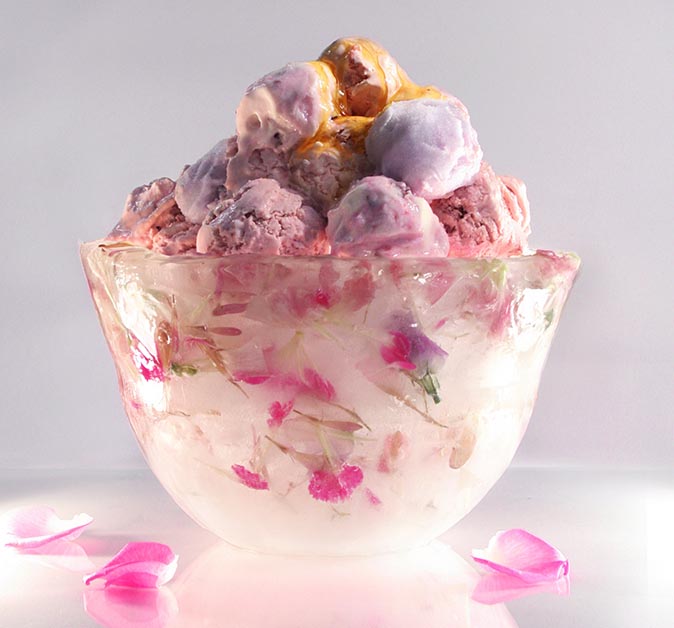
Mr Bompas and business partner Harry Parr’s previous projects have included an installation of giant jellies in the shape of landmarks and a haggis-making workshop.
For ‘Scoop’, the pair teamed up with Robin Weir and his wife, Caroline, self-taught ice-cream experts whose obsession began in the early 1980s; horrified by how unnatural the supermarket stuff was, Mr Weir decided to start making his own.
Forty years later, the couple has amassed a collection of an astonishing 14,000 ice-cream-related objects – from fridge magnets to a ‘bombe’ that once belonged to Elizabeth David – many of which they have loaned to the exhibition.
Exquisite houses, the beauty of Nature, and how to get the most from your life, straight to your inbox.
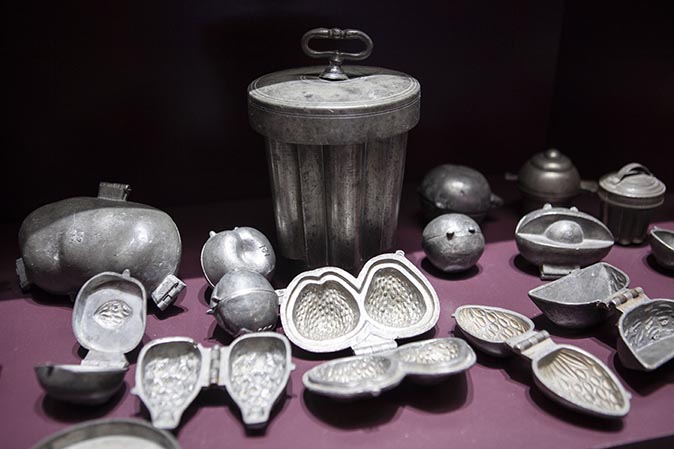
Teeth chattering, I swap the freezer for a series of interactive rooms telling ice cream’s story. Frozen-custard-type desserts are thought to have originated with the Chinese King Tang of Shang, whose favourite dish in about 675bc was frozen buffalo milk, flour and camphor (take note, Häagen-Dazs).
The story goes that Marco Polo took the idea back to Italy with him in the 13th century and, from that point onwards, his homeland led the way. One of its most significant contributions to the genre was the sorbettiera: an ornamental precursor to the modern ice-cream machine invented in Naples and brought to America by Benjamin Franklin in the 1770s.
We take it for granted now that, on a hot day, a scoop of raspberry ripple is only a cone’s throw away, but, less than 100 years ago, ice, sugar and cream were luxuries, which made anything that called for all of them a precious (and very pricey) rarity.
Ice cream took its first big step towards accessibility when the Great Exhibition came to London in 1851 and, with it, Thomas Masters, confectioner and author of The Ice Book. His ice cream-making demonstrations were mobbed, thanks largely to the interest Queen Victoria took in them.
Then, in 1856, William Fuller, who had a warrant for supplying ice pails to the royal household, patented the first British ice-cream machine on Jermyn Street. (It was hand-cranked and came with a large volume bearing the catchy title A Manual Containing Numerous Original Recipes for Preparing Neapolitan Ices.)
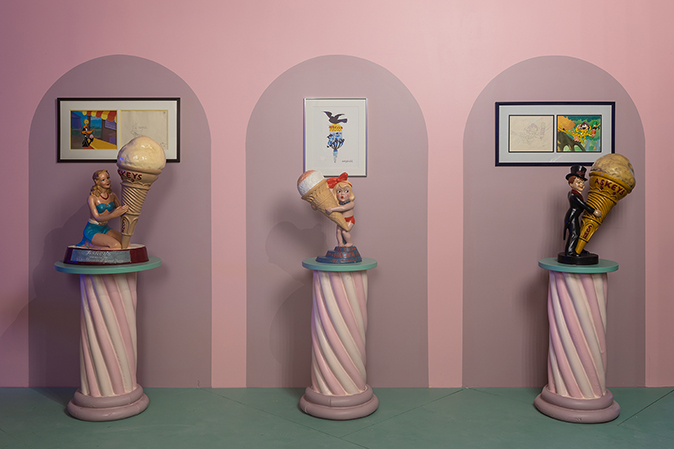
Ice cream for the masses arrived not long after in the form of the penny lick, of which ‘Scoop’ showcases a pyramid. A small, chunky glass holding a tiny scoop of ice cream (the thick sides made buyers feel as if they were getting more for their money), it was designed to be licked clean and then handed back to the vendor.
It was wildly popular, but things soon took a deadly turn: because the glasses were only given a cursory wipe between customers (if that), they were the perfect vessels for diseases such as TB and cholera. Eventually, the authorities cottoned on and the penny lick was banned in 1898, replaced by paper cups and wafer cones.
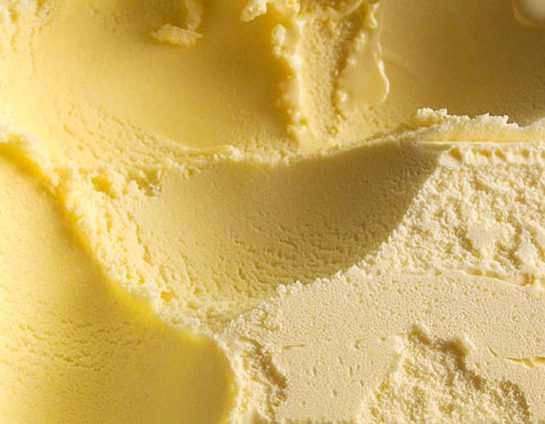
If you were a Victorian lady of the house, serving ice cream at dinner was the 19th-century equivalent of heaving an Ottolenghi slow-roasted shoulder of lamb out of the oven. Leading the charge was Agnes B. Marshall, who was known as the ‘Queen of Ices’ and is one of the for-gotten heroes of ice cream celebrated by this enlightening exhibition. A proto-Nigella in a pinny, Mrs Marshall trained in Paris before she opened the Marshall School of Cookery on Mortimer Street in 1883, where she taught Londoners how to make their own ice cream.
There’s a replica of her classroom at ‘Scoop’: I spend three minutes chucking around a frozen metal tub filled with custard and am rewarded with what amounts to an extremely cold milkshake.
Luckily for her contemporaries, in 1885, Mrs Marshall patented a device that could freeze a pint of ice cream in only five minutes. She also toyed with using liquefied gas as a freezing agent, an idea so ahead of its time that it’s only just starting to catch on today. When Heston Blumenthal called the Queen of Ices one of Britain’s ‘greatest culinary pioneers’, he wasn’t exaggerating.
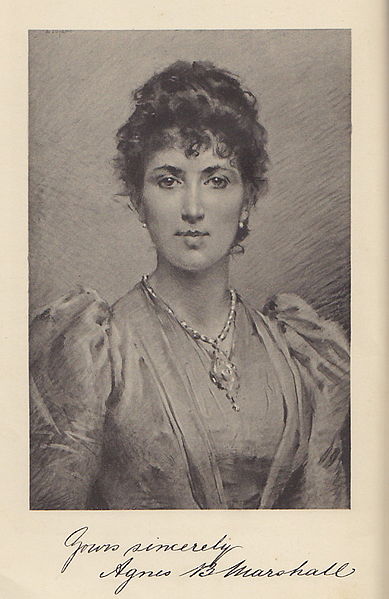
It isn’t only ice cream’s past that ‘Scoop’ sheds light on – in the final part of the exhibition, I strap on a headset that beams out an EEG reading of my brainwaves as I eat an ice cream, then lick fluorescent soft serve in a dark room to techno music.
Outside, in the cafe, visitors are sampling scoops of cutting-edge ice cream, flavoured with everything from cucumber to daffodils, ‘but the most popular one by a long way is still the vanilla with a hint of cardamom’, I’m told.
On the way back to the station, I stop at Ruby Violet, a stylish new ice-cream parlour near the canal. The flavours – mocha ripple, caramelised white chocolate, toast and marmalade – might have given Marco Polo pause, but he would definitely have recognised the expressions on the customers’ faces.
Mr Bompas was right, I realise. Everyone is smiling.
‘Scoop: A Wonderful Ice Cream World’ runs until September 30 at the British Museum of Food, London N1 – www.bmof.org
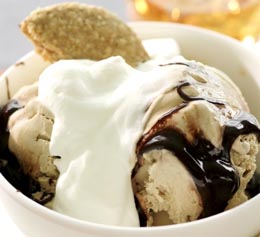
Perfect brown bread and Armagnac ice cream
Thomasina Miers makes her favourite brown bread ice cream from The Complete Nose to Tail
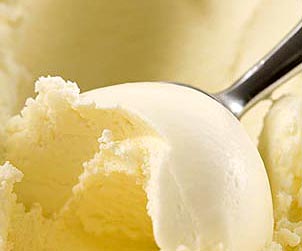
Greatest recipes ever: Darina Allen’s vanilla ice cream
Thomasina Miers recommends Darina Allen’s vanilla ice cream as one of her greatest recipes ever
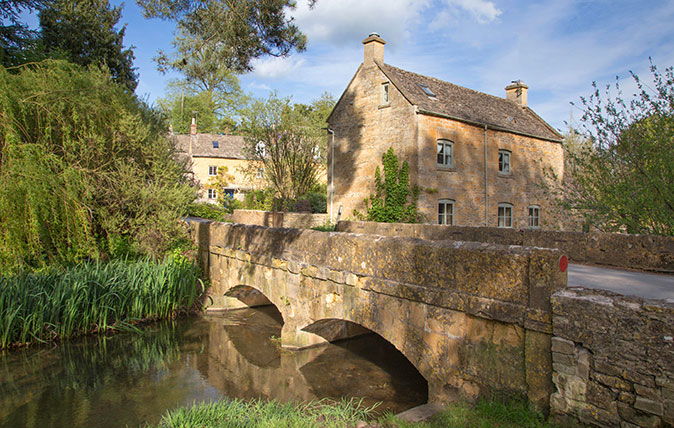
Credit: Alamy
13 things which make Gloucestershire so gorgeous, from ice cream to cathedrals
Emma Hughes lives in London and has spent the past 15 years writing for publications including the Guardian, the Telegraph, the Evening Standard, Waitrose Food, British Vogue and Condé Nast Traveller. Currently Country Life's Acting Assistant Features Editor and its London Life restaurant columnist, if she isn't tapping away at a keyboard she's probably taking something out of the oven (or eating it).
-
 Are you a true gentleman? Take the Country Life quiz to find out
Are you a true gentleman? Take the Country Life quiz to find outManners maketh man. How are yours?
-
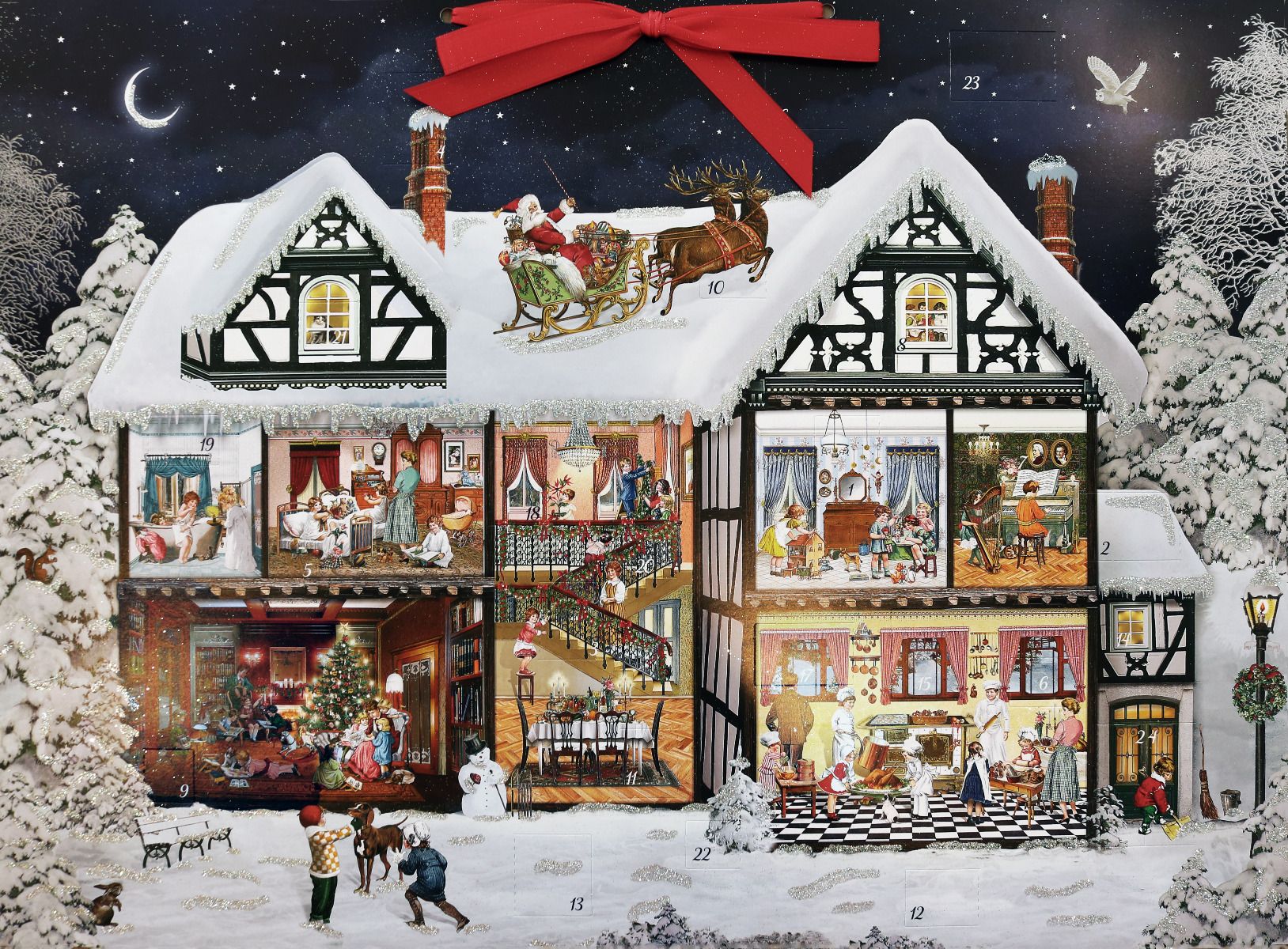 'These days, they have almost nothing to do with Advent and quite a lot to do with bath oil and mini bottles of perfume': A snob’s guide to advent calendars
'These days, they have almost nothing to do with Advent and quite a lot to do with bath oil and mini bottles of perfume': A snob’s guide to advent calendarsSophia Money-Coutts questions whether advent calendars have gone too far.
-
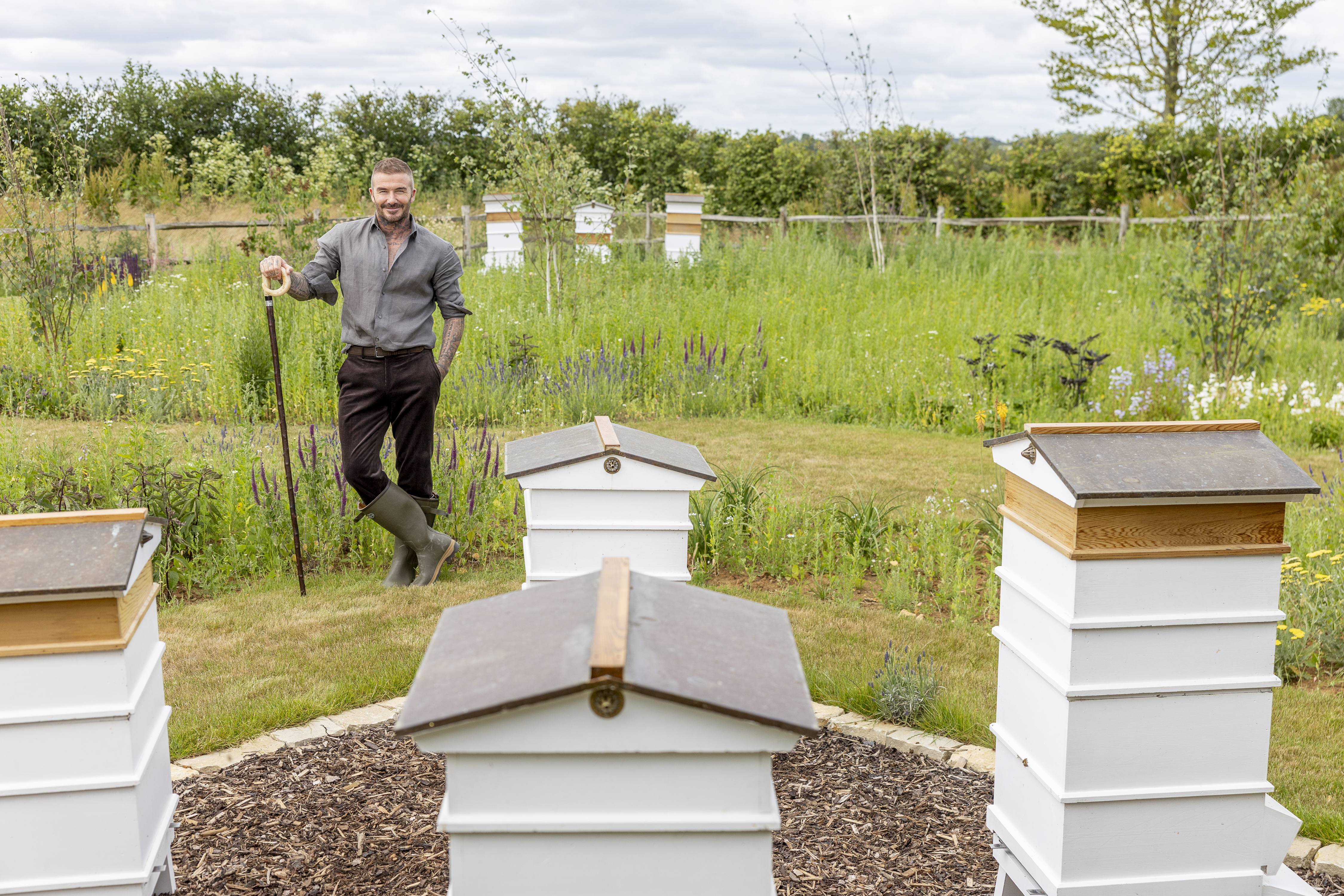 'My sister Catherine shares a love of bees and has a few hives herself': James Middleton, Jamie Oliver and Sir David Beckham on the pleasures of harvesting your own honey
'My sister Catherine shares a love of bees and has a few hives herself': James Middleton, Jamie Oliver and Sir David Beckham on the pleasures of harvesting your own honeyBeekeeping is a star-studded hobby and has much to offer, finds Jane Wheatley.
-
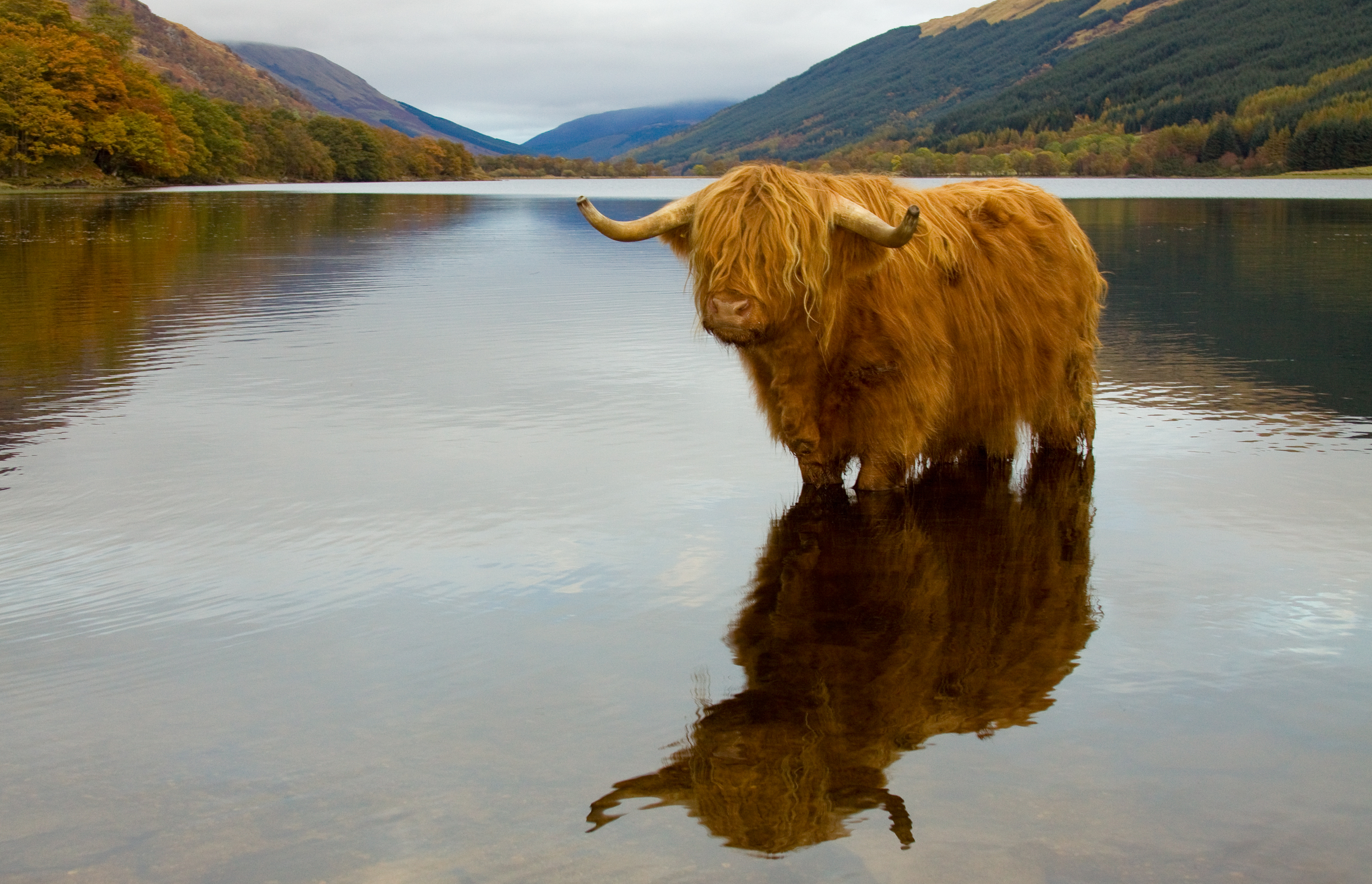 The rapid decline of our local abattoirs means we can no longer claim to be a country with leading animal welfare standards
The rapid decline of our local abattoirs means we can no longer claim to be a country with leading animal welfare standardsOnce the backbone of ethical, small-scale meat production, these essential processors are disappearing fast.
-
 David Beckham and Tom Parker Bowles whip up one of the guest editor's favourite childhood meals
David Beckham and Tom Parker Bowles whip up one of the guest editor's favourite childhood mealsFrom Sunday roasts to Spanish delicacies, good food is one of the pillars of Sir David Beckham’s life, as Tom Parker Bowles discovers when the pair cook up a comfort-food storm at Claridge’s.
-
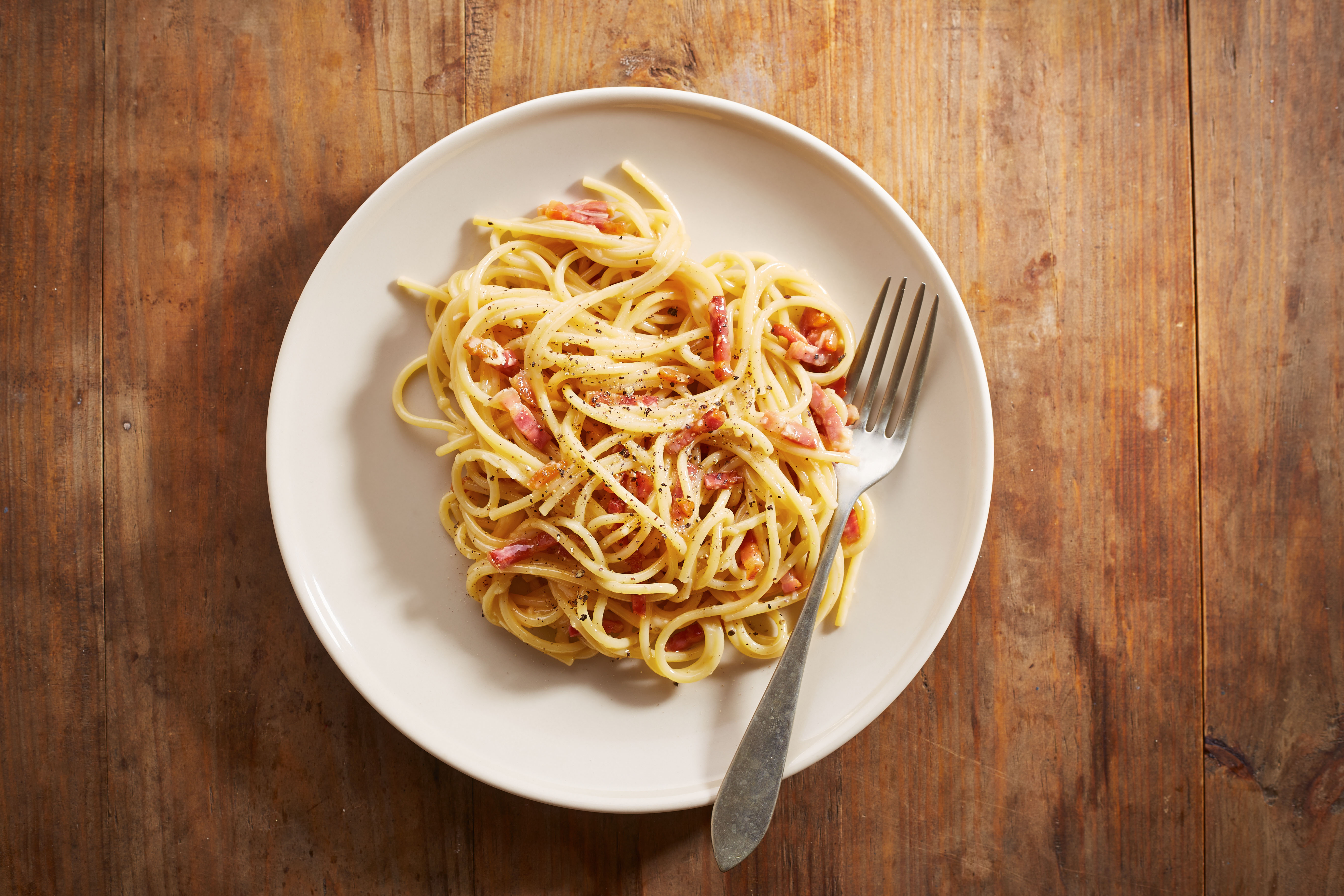 'If your boyfriend makes carbonara with pancetta or bacon, break up': Tom Parker Bowles on how to make a classic carbonara
'If your boyfriend makes carbonara with pancetta or bacon, break up': Tom Parker Bowles on how to make a classic carbonaraGetting to grips with a Roman classic.
-
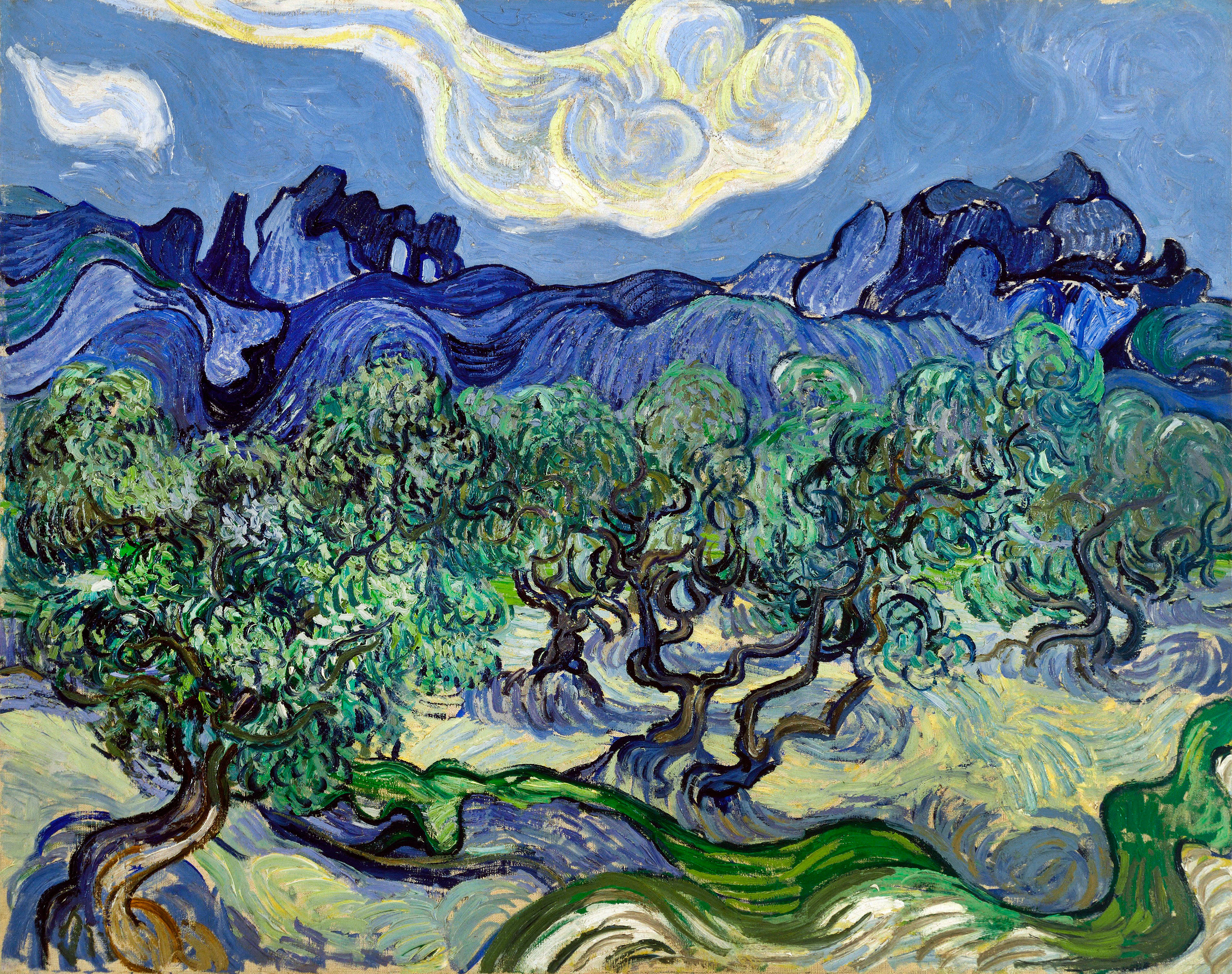 What is everyone talking about this week? Forget British wine, British olive oil is the next pot of gold
What is everyone talking about this week? Forget British wine, British olive oil is the next pot of goldWeek in, week out, Will Hosie rounds up the hottest topics on everyone's lips, in London and beyond.
-
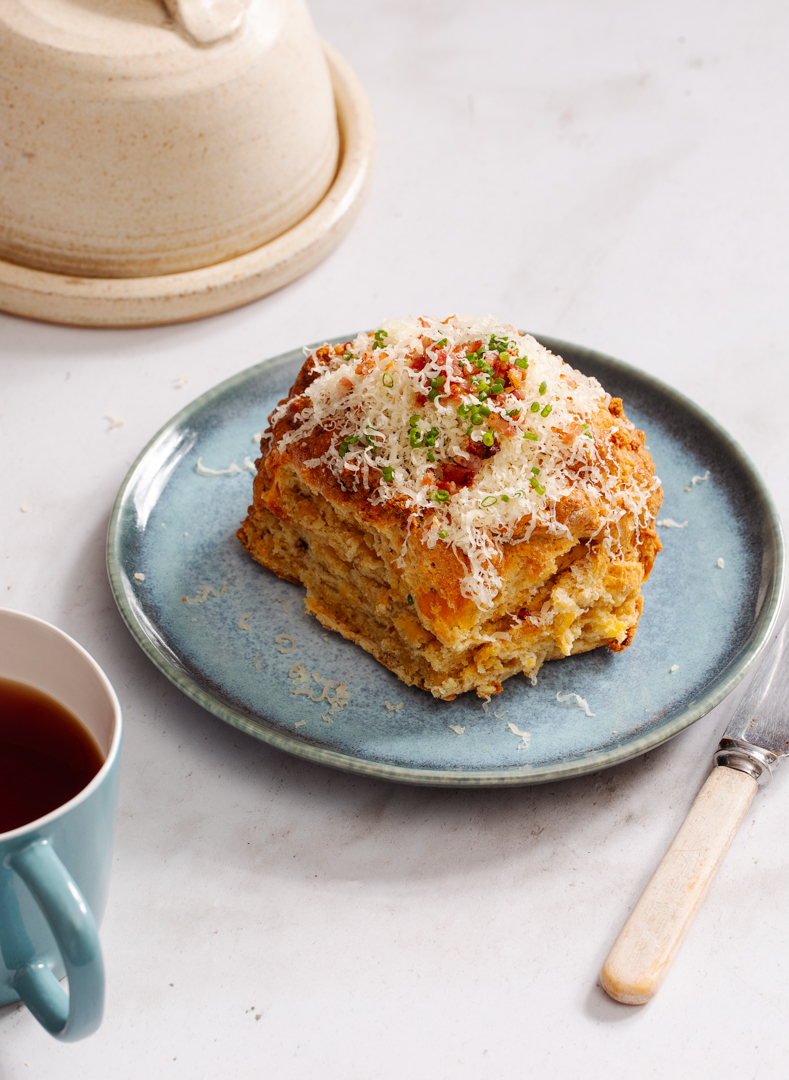 Clare Coghill's indulgent recipe for bacon and Mull Cheddar scones from her debut cookbook
Clare Coghill's indulgent recipe for bacon and Mull Cheddar scones from her debut cookbookThe VisitScotland food ambassador is bringing out a new cookbook full of Hebridean-inspired dishes and reimagined Scottish classics.
-
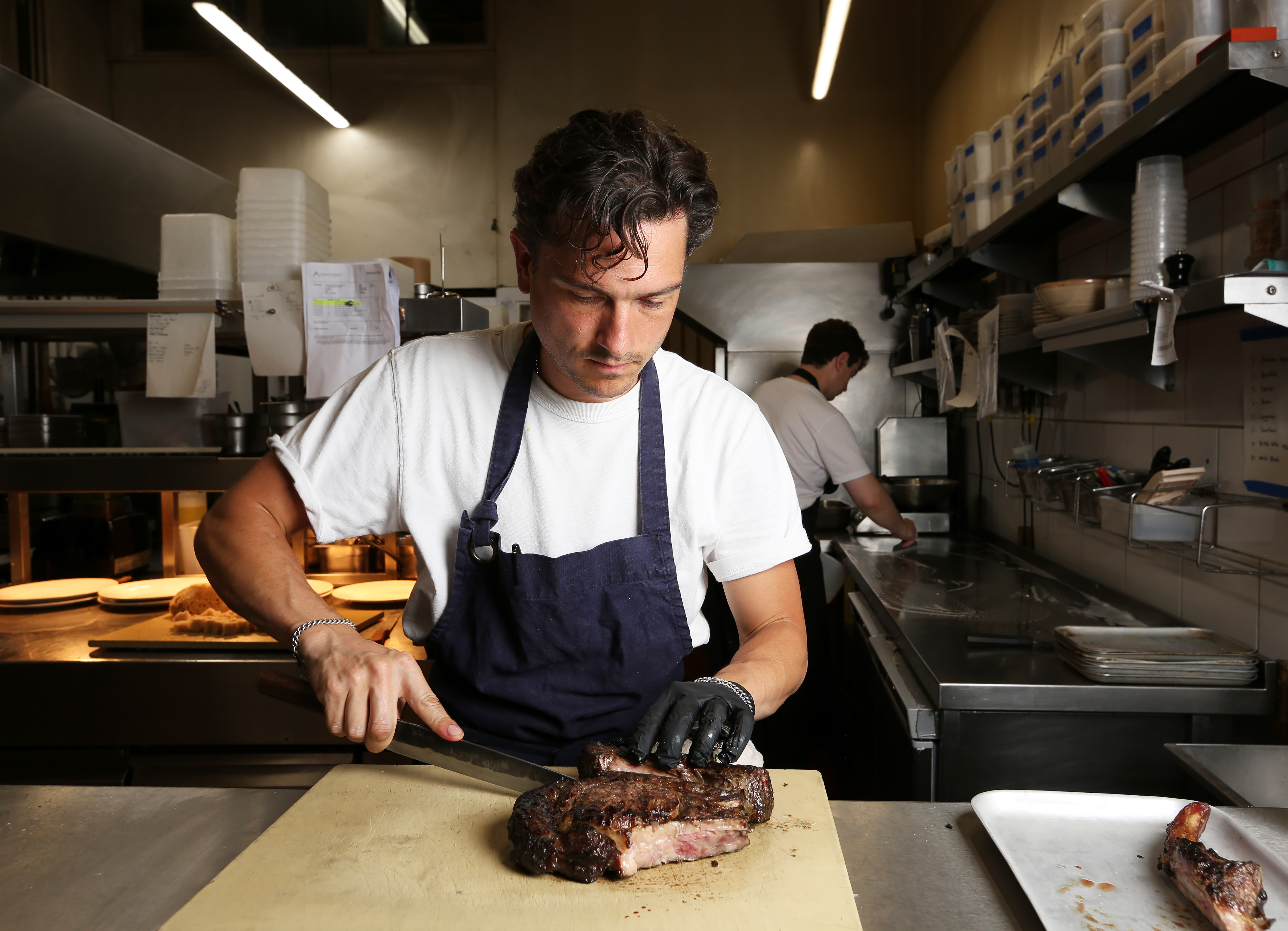 Raising the steaks: Which native animal produces the best beef?
Raising the steaks: Which native animal produces the best beef?We tasked eight gourmands — including food writer Tom Parker Bowles and chef Jackson Boxer — to find out which native British cow produces the best côte de boeuf.
-
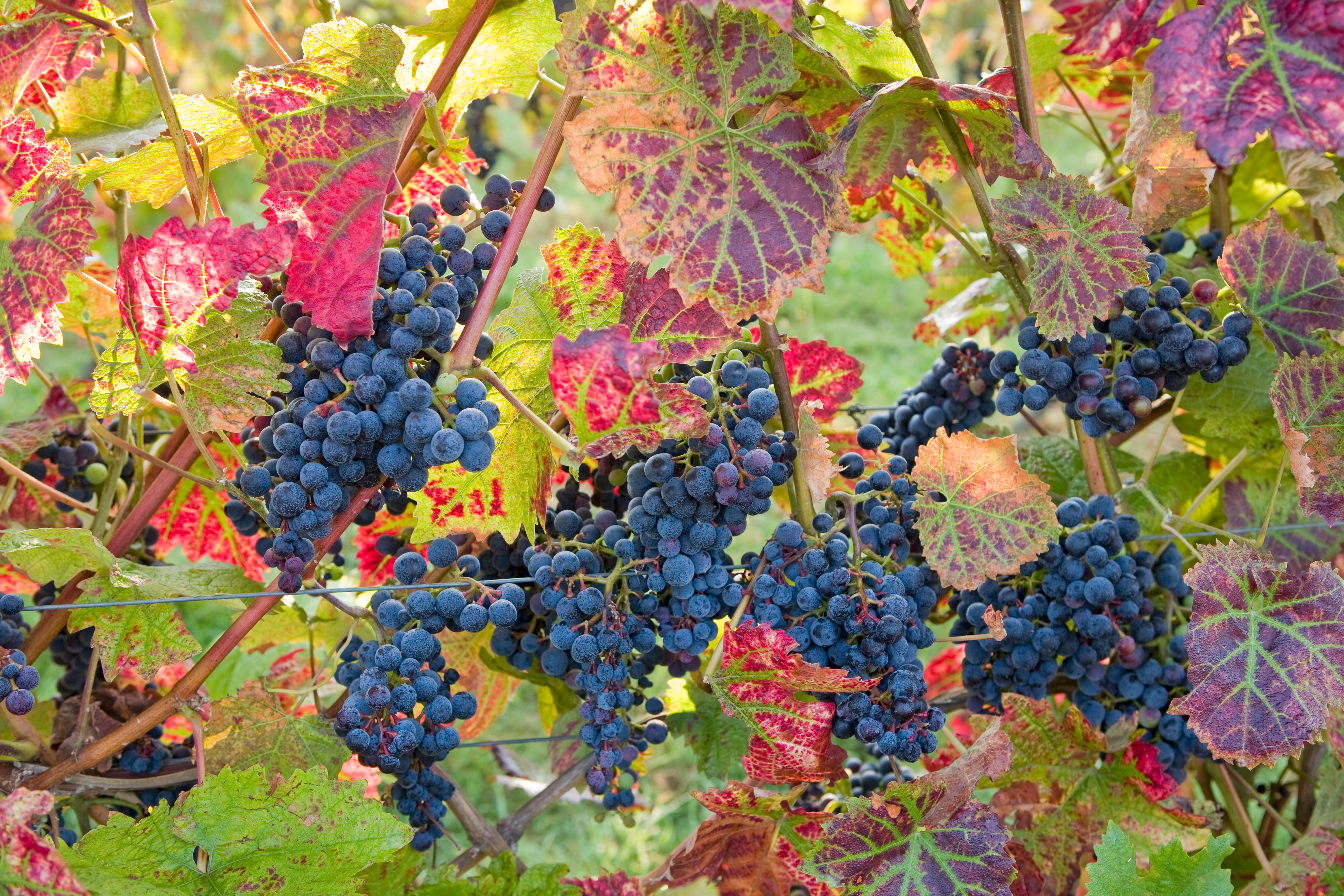 What is everyone talking about this week? Is this British wine’s best year yet?
What is everyone talking about this week? Is this British wine’s best year yet?Wineries are expanding and tourism is booming.
